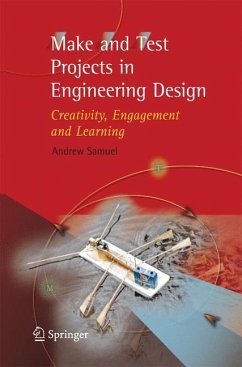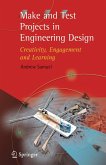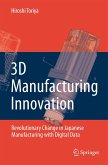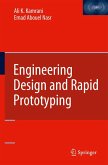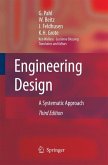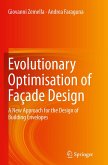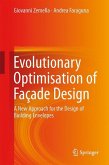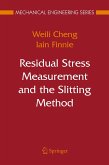Make and test projects are used as introductory design experiences in almost every engineering educational institution world wide.
However, the educational benefits and costs associated with these projects have been seldom examined. Make and Test Projects in Engineering Design provides a serious examination of the design of make and test projects and their associated educational values. A taxonomy is provided for the design of make and test projects as well as a catalogue of technical information about unconventional engineering materials and energy sources. Case studies are included based on the author's experience of supervising make and test projects for over twenty-five years.
The book is aimed at the engineering educator and all those planning and conducting make and test projects. Up until now, this topic has been dealt with informally. Make and Test Projects in Engineering Design is the first book that formalises this important aspect of early learning in engineering design. It will be an invaluable teaching tool and resource for educators in engineering design.
However, the educational benefits and costs associated with these projects have been seldom examined. Make and Test Projects in Engineering Design provides a serious examination of the design of make and test projects and their associated educational values. A taxonomy is provided for the design of make and test projects as well as a catalogue of technical information about unconventional engineering materials and energy sources. Case studies are included based on the author's experience of supervising make and test projects for over twenty-five years.
The book is aimed at the engineering educator and all those planning and conducting make and test projects. Up until now, this topic has been dealt with informally. Make and Test Projects in Engineering Design is the first book that formalises this important aspect of early learning in engineering design. It will be an invaluable teaching tool and resource for educators in engineering design.
Professor Samuel has had many years of experience in designing and supervising Design, Make & Test projects for undergraduates, which he has collated and presents in this excellent book.
It is a book that is long overdue and will be welcomed by both engineering students and their academic and industrial mentors. In addition, it will appeal to all those practising design engineers and managers who seldom get the opportunity to revitalize their passion for their chosen profession. We all too frequently get bogged down with the day-to-day tasks concerning administration, budgets and people issues that it is easy to forget some engineering design fundamentals that inspired us to become design engineers.
I strongly recommend this book as essential reading for all engineering design academics, teachers of design and technology in schools and those in industry that are responsible for supervising students undertaking real engineering projects.
Mike D. Seymour, CEng, FiMechE, Engineering Design Consultant
Journal of Engineering Design 17(5), 479-480, October 2006
It is a book that is long overdue and will be welcomed by both engineering students and their academic and industrial mentors. In addition, it will appeal to all those practising design engineers and managers who seldom get the opportunity to revitalize their passion for their chosen profession. We all too frequently get bogged down with the day-to-day tasks concerning administration, budgets and people issues that it is easy to forget some engineering design fundamentals that inspired us to become design engineers.
I strongly recommend this book as essential reading for all engineering design academics, teachers of design and technology in schools and those in industry that are responsible for supervising students undertaking real engineering projects.
Mike D. Seymour, CEng, FiMechE, Engineering Design Consultant
Journal of Engineering Design 17(5), 479-480, October 2006
"Professor Samuel has had many years of experience in designing and supervising Design, Make & Test projects for undergraduates, which he has collated and presents in this excellent book.
It is a book that is long overdue and will be welcomed by both engineering students and their academic and industrial mentors. In addition, it will appeal to all those practising design engineers and managers who seldom get the opportunity to revitalize their passion for their chosen profession. We all too frequently get bogged down with the day-to-day tasks concerning administration, budgets and people issues that it is easy to forget some engineering design fundamentals that inspired us to become design engineers.
I strongly recommend this book as essential reading for all engineering design academics, teachers of design and technology in schools and those in industry that are responsible for supervising students undertaking real engineering projects."
Mike D. Seymour, CEng, FiMechE, Engineering Design Consultant
Journal of Engineering Design 17(5), 479-480, October 2006
It is a book that is long overdue and will be welcomed by both engineering students and their academic and industrial mentors. In addition, it will appeal to all those practising design engineers and managers who seldom get the opportunity to revitalize their passion for their chosen profession. We all too frequently get bogged down with the day-to-day tasks concerning administration, budgets and people issues that it is easy to forget some engineering design fundamentals that inspired us to become design engineers.
I strongly recommend this book as essential reading for all engineering design academics, teachers of design and technology in schools and those in industry that are responsible for supervising students undertaking real engineering projects."
Mike D. Seymour, CEng, FiMechE, Engineering Design Consultant
Journal of Engineering Design 17(5), 479-480, October 2006

